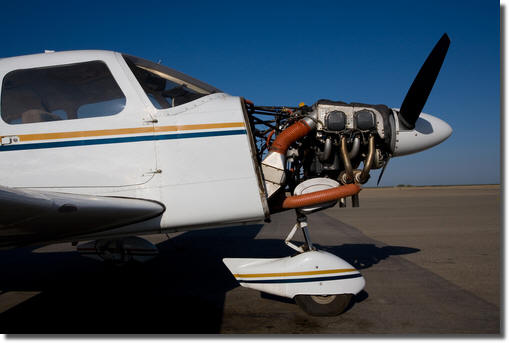Subscriber question:
"Most private pilots I speak to have little or no experience with maintenance and the actual care and feeding of an airplane and systems. They do not know what various systems do and how to avoid problems with engines and avionics. I think this education would make them safer pilots." - Justin S.

Bob:
“I could not agree with you more! Think about our training syllabus. How much of it was spent on maintenance issues? But as pilots, we are responsible for operating aircraft that comply with all airworthiness considerations.
Let’s start with the definition of airworthy. (Until 2005 it was not included in the regulations and when it was added then in Part 3.5 of the FARS it was applicable only in the section referring to bogus parts.) You’ll never find it in the regulations, but we are required to comply with it. Go Figure!
For an aircraft to be airworthy it must comply with its type design and be in condition for safe flight. The second half we take care of on our preflight, but how do we comply with the first half of the statement? We need to understand that every aircraft is certified to a very specific set of standards that must be complied with to meet airworthiness requirements. This would be a giant step for pilots to start dealing with maintenance issues.
You also raise an excellent issue about systems knowledge. Think again to our training syllabus and remember how little time we spent in this area. Yet a thorough understanding of our aircraft makes us much better and safer pilots.
I strongly recommend visiting with your favorite A&P mechanic who is a holder of an inspection authorization. These individuals are the ones certified by the FAA to perform annual inspections on aircraft. They will have some great stories for you about pilot shortcomings with regard to maintenance issues. They are an excellent resource to pilots and most of the ones I know will gladly share their expertise with you.”
